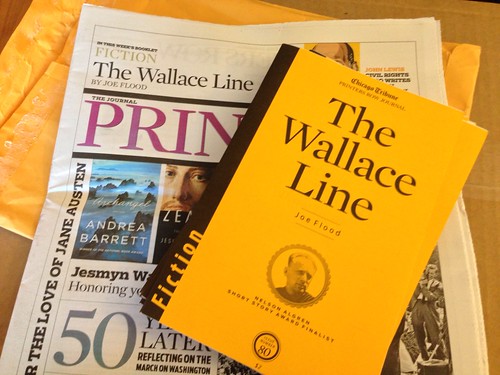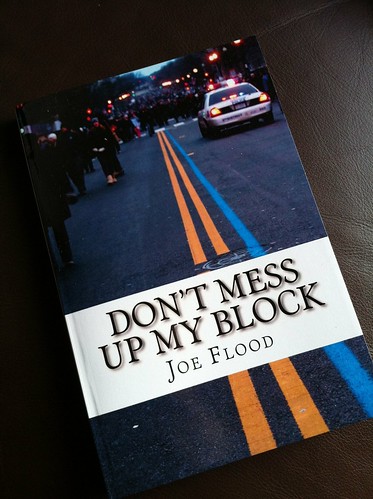
Ernest Hemingway: A New Life is a different kind of biography, focusing on the themes of Hemingway’s life: trauma, women, sex, madness.
I’m a writer. I’ve read a lot of biographies of Ernest Hemingway – it’s practically a requirement of the profession.
The first biography of Hemingway I read was the one that Papa wrote himself – A Moveable Feast. It’s a slim and sentimental ode to Hemingway’s early years, romanticizing poverty and Paris. And not exactly true. Hemingway uses the book to settle old scores and falsely claim that Pauline, his second wife, stole him from his first.
Michael Reynolds has written a series of books chronicling Hemingway’s life, such as Hemingway: The 1930s. They’re the best source for a comprehensive account of the author and his works.
The book that stands out for me is Hemingway’s Boat: Everything That He Loved and Lost. It’s a different kind of biography, more of a profile of the people around Hemingway rather than the man himself. And it’s fascinating, showing him as a bully and a braggart – but also hugely devoted to his friends and family.
I was reluctant to read another Hemingway bio but then I saw Ernest Hemingway: A New Life. With the 1922 portrait by Henry Strater on the cover, it’s a beautiful book.
Ernest Hemingway: A New Life is a different kind of biography, one that focuses on the themes in Hemingway’s life:
Trauma – If Hemingway was alive today, he would be diagnosed with PTSD. He suffered the trauma of war, nearly losing his life during WWI. Afterward, he suffered guilt, believing that the brave died while he lived. He also felt like a fraud, being an ambulance driver rather than a proper soldier. His trauma went unrecognized and untreated – as it did for millions of others.
Women – A man married four times has a complicated relationship with women. His mother was famously domineering and Hemingway didn’t even attend her funeral, blaming her for his father’s suicide. He needed a wife, afraid of being alone, yet he cheated on all of them. Interestingly, his best novels, such as The Sun Also Rises and For Whom the Bell Tolls, all came into fruition when he was leaving one wife for another.
Sex – An academic industry exists to parse the sexual subtexts of Hemingway’s life and work. Zelda Fitzgerald called him “a pansy with hair on his chest.” His public image as a man of action was largely true – but it was also true that he was bookish and sensitive. He was the type of man who seduced women and then bragged about it. Psychologists can speculate if these hypermasculine displays concealed a more conflicted nature.
Reputation – Hugely competitive, Hemingway not only wanted to bed the best women, he wanted to write the best books. From the beginning, he looked for his place in the literary canon, placing himself up there with authors like Mark Twain. The decisions he made, such as his marriages, were made to further his art. He had a habit of marrying wealthy women so that he could write.
Madness – The Hemingway family is littered with suicides and mental illness. Hemingway, his father, his brother and his sister all killed themselves. Hemingway’s son, Gregory, died in a women’s prison, after being arrested by the police. He was going by the name Gloria at the time. Hemingway said that his son had the “biggest dark side” of anyone in the family, “except me.” Hemingway died after succumbing to the depression that had plagued him his entire life.
Ernest Hemingway: A New Life emphasizes with its tragic subject, elevating the author to hero, not for his public image, but for his creative accomplishments in the face of so much pain and struggle.






